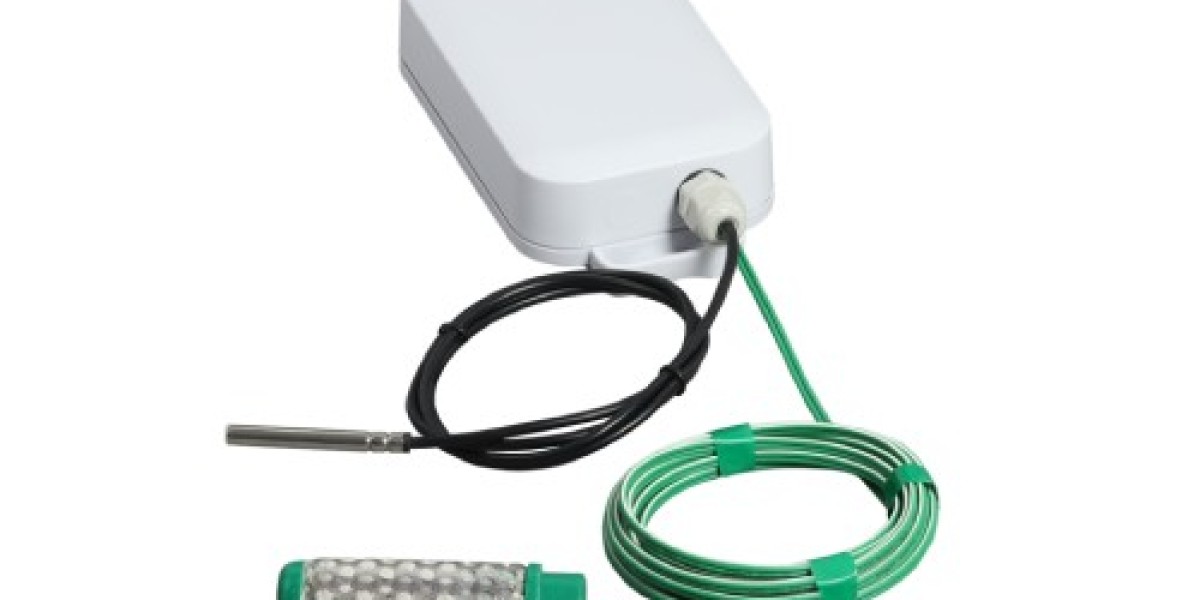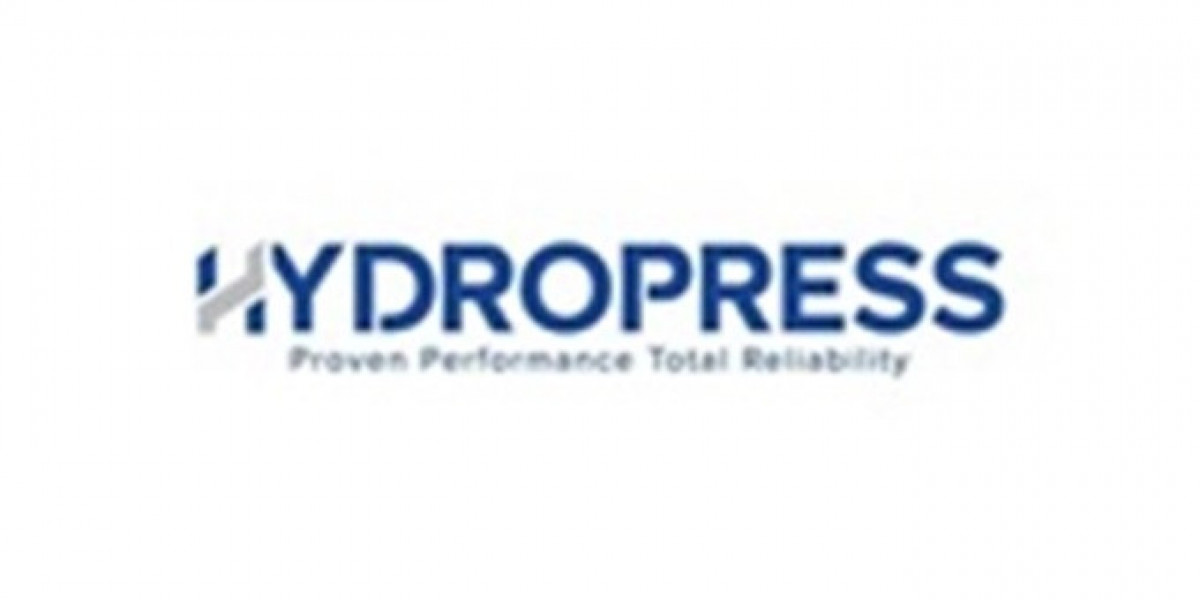Introduction to LoRaWAN Sensors
In the rapidly evolving landscape of Internet of Things (IoT) solutions, LoRaWAN sensors have emerged as a critical component, offering unique advantages in long-range wireless communication, extended battery life, and cost-efficiency. LoRaWAN sensors are increasingly utilized in a variety of applications, ranging from smart cities to industrial monitoring, due to their capability to transmit data over long distances while consuming minimal power.
Understanding LoRaWAN Technology
LoRaWAN (Long Range Wide Area Network) is a communication protocol designed for low-power, long-range connectivity. It operates in the unlicensed radio frequency spectrum, which significantly reduces the cost associated with spectrum licensing. This technology is specifically engineered to support low data rate transmissions over long distances, making it ideal for IoT devices that need to send small amounts of data infrequently.
Key Features of LoRaWAN Sensors
1. Long-Range Communication
One of the standout features of LoRaWAN sensors is their ability to achieve long-range communication. Unlike traditional wireless technologies that might struggle with coverage in remote or challenging environments, LoRaWAN sensors can transmit data over distances of up to 15 kilometers (approximately 9 miles) in rural areas and 2-5 kilometers (1-3 miles) in urban settings. This extensive range is particularly advantageous for applications that span large areas, such as agricultural monitoring or smart city infrastructure.
2. Extended Battery Life
The extended battery life of LoRaWAN sensors is another significant benefit. These sensors are designed to operate on very low power, often lasting several years on a single battery. This is achieved through a combination of low power consumption during idle periods and efficient data transmission protocols. As a result, LoRaWAN devices are ideal for applications where frequent maintenance or battery replacements would be impractical or costly.
3. Cost-Efficiency
Cost is a critical factor in the adoption of IoT solutions, and LoRaWAN sensors provide a cost-effective solution. The use of unlicensed spectrum eliminates the need for expensive spectrum licenses, and the low power consumption reduces operational costs related to energy and maintenance. Moreover, the scalability of LoRaWAN networks allows for cost-effective expansion as the number of connected devices grows.
Applications of LoRaWAN Sensors
LoRaWAN sensors are versatile and can be deployed across various sectors. Here are some prominent applications:
1. Smart Agriculture
In smart agriculture, LoRaWAN sensors are used for monitoring soil moisture, weather conditions, and crop health. These sensors enable farmers to make data-driven decisions, optimizing irrigation, fertilization, and pest control. By providing real-time data, LoRaWAN sensors help in increasing crop yields and reducing resource wastage.
2. Smart Cities
LoRaWAN sensors play a crucial role in the development of smart cities. They are employed in applications such as smart parking, waste management, and environmental monitoring. For instance, sensors can track the fill levels of trash bins, allowing for optimized collection routes and reducing operational costs. Similarly, environmental sensors can monitor air quality, contributing to better urban planning and public health initiatives.
3. Industrial Monitoring
In industrial settings, LoRaWAN sensors are used for asset tracking, equipment monitoring, and environmental control. These sensors can monitor machinery performance, detect anomalies, and ensure that equipment operates within safe parameters. By providing early warnings of potential issues, LoRaWAN sensors help in preventing costly downtime and extending the lifespan of industrial assets.
4. Logistics and Supply Chain Management
LoRaWAN sensors enhance logistics and supply chain management by enabling real-time tracking of goods. Sensors attached to shipping containers or pallets can provide information on location, temperature, and humidity, ensuring that products are transported under optimal conditions. This level of visibility helps in reducing losses, improving inventory management, and enhancing overall supply chain efficiency.
Advantages of Choosing LoRaWAN Sensors
1. Scalability
LoRaWAN networks are highly scalable, allowing for the addition of new sensors without significant changes to the existing infrastructure. This scalability is achieved through the network's ability to handle a large number of connected devices simultaneously, making it suitable for both small and large-scale deployments.
2. Reliability
The reliability of LoRaWAN sensors is a key factor in their adoption. The technology is designed to provide robust performance in challenging environments, including areas with high interference or physical obstructions. The low-power, wide-area nature of LoRaWAN ensures consistent connectivity and data transmission even in remote locations.
3. Security
Security is a top priority for IoT solutions, and LoRaWAN addresses this through several layers of encryption and authentication. Data transmitted by LoRaWAN devices is encrypted using AES-128, ensuring that the information remains secure and protected from unauthorized access. Additionally, the protocol supports device authentication, preventing unauthorized devices from joining the network.
Challenges and Considerations
While LoRaWAN sensors offer numerous benefits, there are also some challenges and considerations to keep in mind:
1. Data Rate Limitations
LoRaWAN is designed for low data rate applications, which means that it may not be suitable for use cases requiring high-bandwidth data transmission. This limitation is inherent to the technology's focus on long-range communication and power efficiency.
2. Network Coverage
The effectiveness of LoRaWAN sensors depends on the availability of network coverage. In areas with sparse network infrastructure, achieving optimal coverage may require additional investment in gateway installations.
3. Interference
Although LoRaWAN operates in the unlicensed spectrum, it can be subject to interference from other wireless devices. Proper network planning and frequency management are essential to mitigate potential interference issues.
Conclusion
In conclusion, LoRaWAN sensors represent a powerful solution for a wide range of IoT applications, offering long-range communication, extended battery life, and cost-efficiency. Their versatility makes them suitable for smart agriculture, smart cities, industrial monitoring, and logistics, among other sectors. Despite some challenges, the advantages of LoRaWAN sensors in terms of scalability, reliability, and security make them an attractive choice for modern IoT solutions.









